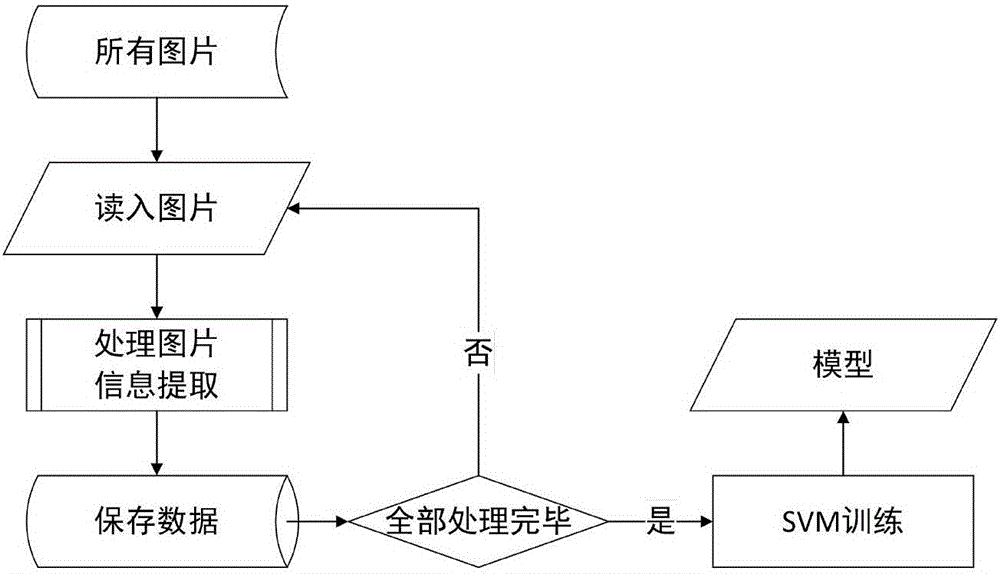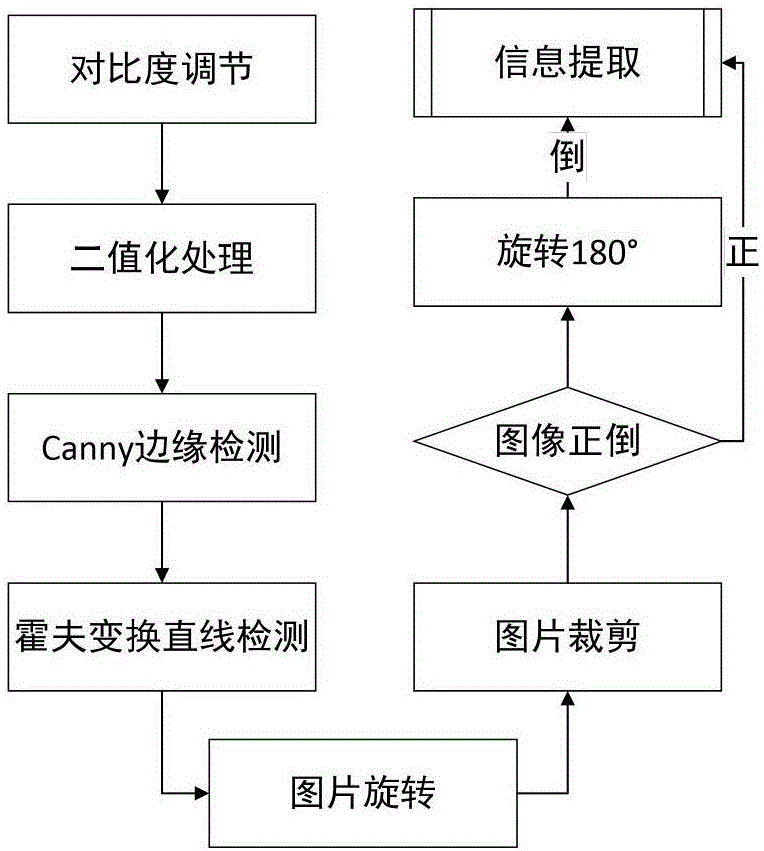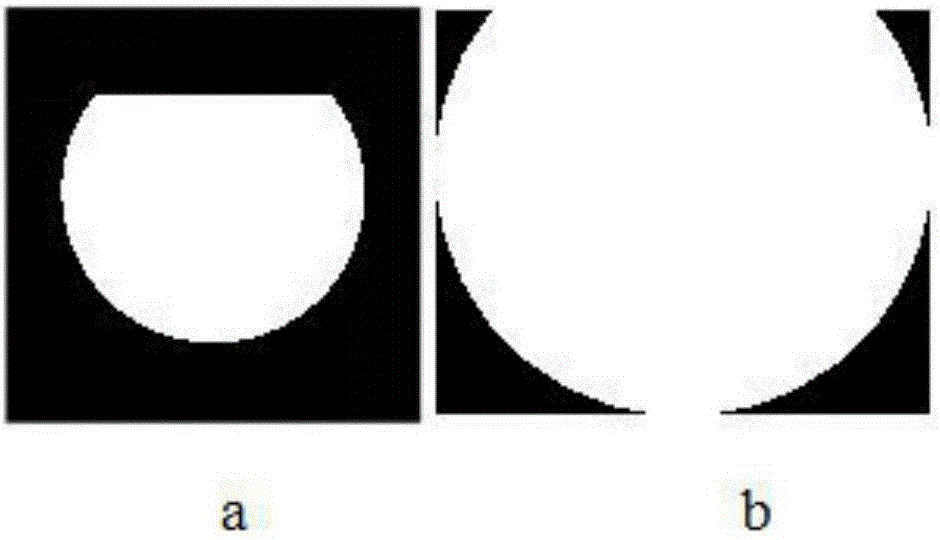Nano-particle fluorescence spatial coding anti-fake identification method
A technology of spatial coding and anti-counterfeiting marking, which is applied in the field of anti-counterfeiting marking of nanoparticle fluorescence image spatial coding, can solve the problems of low anti-counterfeiting and easy imitation, and achieve high anti-counterfeiting, not easy to fade, and good adsorption
- Summary
- Abstract
- Description
- Claims
- Application Information
AI Technical Summary
Problems solved by technology
Method used
Image
Examples
Embodiment Construction
[0044] The present invention will be described in detail below in conjunction with specific embodiments. The following examples will help those skilled in the art to further understand the present invention, but do not limit the present invention in any form. It should be noted that those skilled in the art can make several modifications and improvements without departing from the concept of the present invention. These all belong to the protection scope of the present invention.
[0045] The purpose of the present invention is to make patterns of random distribution of nanoparticles, and propose a nanoparticle fluorescence space coding anti-counterfeiting marking method by encoding the intensity and spatial information of the nanoparticle fluorescence patterns.
[0046] The method provided in this embodiment uses the laser ablation method to prepare nanometer-sized rare earth materials in a liquid. Due to the up-conversion effect and random distribution characteristics of na...
PUM
 Login to View More
Login to View More Abstract
Description
Claims
Application Information
 Login to View More
Login to View More - R&D
- Intellectual Property
- Life Sciences
- Materials
- Tech Scout
- Unparalleled Data Quality
- Higher Quality Content
- 60% Fewer Hallucinations
Browse by: Latest US Patents, China's latest patents, Technical Efficacy Thesaurus, Application Domain, Technology Topic, Popular Technical Reports.
© 2025 PatSnap. All rights reserved.Legal|Privacy policy|Modern Slavery Act Transparency Statement|Sitemap|About US| Contact US: help@patsnap.com



